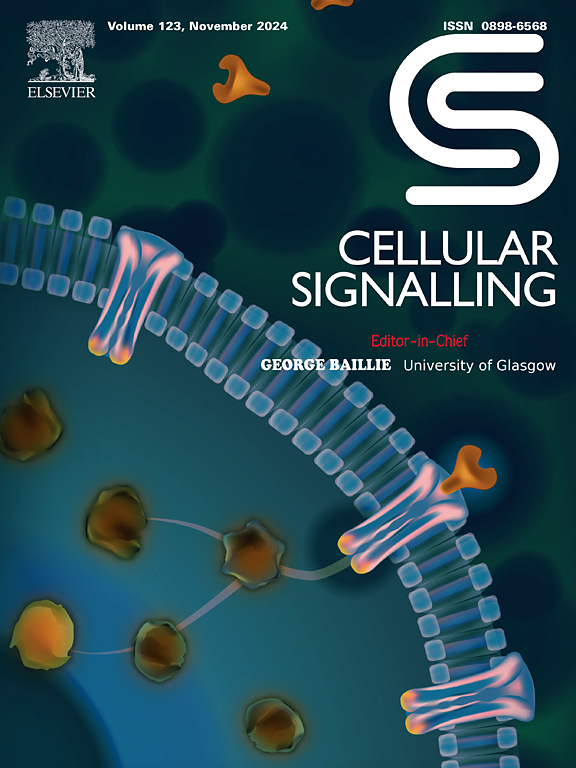Periprosthetic osteolysis: Mechanisms and potential treatment strategies
IF 4.4
2区 生物学
Q2 CELL BIOLOGY
引用次数: 0
Abstract
Periprosthetic osteolysis is a common bone-related disorder that often occurs after total hip arthroplasty. The implants can cause damage to bone and bone-related cells due to mechanical stress and micromotions, resulting in the generation of a large number of wear particles. These wear particles trigger inflammation and oxidative stress in the surrounding tissues, disrupting the delicate balance maintained by osteoblasts and osteoclasts, ultimately leading to bone loss around the implant. Clinical investigations have demonstrated that Epimedium prenylflavonoids, miR-19a-3p, stem cell-derived exosomes, and certain non-PPO category pharmaceuticals have regulatory effects on bone homeostasis through distinct molecular pathways. Notably, this phenomenon reflects inherent biological rationality rather than stochastic occurrence. Extensive research has revealed that multiple natural compounds, non-coding RNAs, exosomes, and non-PPO therapeutics not only exert modulatory influences on critical pathophysiological processes including inflammatory cascades, oxidative stress responses, and tissue regeneration mechanisms, but also effectively regulate bone-related cellular functions to inhibit PPO progression. Therefore, this review comprehensively and systematically summarizes the main pathogenic mechanisms of periprosthetic osteolysis. Furthermore, it delves deeper into the research progress on the applications of currently reported natural products, ncRNAs, exosomes, and non-PPO medications in the treatment of periprosthetic osteolysis. Based on this, we hope that this paper can provide new perspectives and references for the future development of drugs targeting periprosthetic osteolysis.

假体周围骨溶解:机制和潜在的治疗策略。
假体周围骨溶解是一种常见的骨相关疾病,常发生在全髋关节置换术后。由于机械应力和微运动,植入物会对骨和骨相关细胞造成损伤,从而产生大量磨损颗粒。这些磨损颗粒会引发周围组织的炎症和氧化应激,破坏成骨细胞和破骨细胞维持的微妙平衡,最终导致种植体周围的骨质流失。临床研究表明淫羊藿烯丙基黄酮、miR-19a-3p、干细胞来源的外泌体和某些非ppo类药物通过不同的分子途径对骨稳态具有调节作用。值得注意的是,这种现象反映了内在的生物理性,而不是随机现象。大量研究表明,多种天然化合物、非编码rna、外泌体和非PPO疗法不仅对炎症级联反应、氧化应激反应和组织再生机制等关键病理生理过程具有调节作用,而且还能有效调节骨相关细胞功能以抑制PPO进展。因此,本文就假体周围骨溶解的主要致病机制进行全面系统的综述。此外,深入探讨了目前报道的天然产物、ncRNAs、外泌体、非ppo药物在假体周围溶骨治疗中的应用研究进展。基于此,我们希望本文能够为未来针对假体周围骨溶解的药物开发提供新的视角和参考。
本文章由计算机程序翻译,如有差异,请以英文原文为准。
求助全文
约1分钟内获得全文
求助全文
来源期刊

Cellular signalling
生物-细胞生物学
CiteScore
8.40
自引率
0.00%
发文量
250
审稿时长
27 days
期刊介绍:
Cellular Signalling publishes original research describing fundamental and clinical findings on the mechanisms, actions and structural components of cellular signalling systems in vitro and in vivo.
Cellular Signalling aims at full length research papers defining signalling systems ranging from microorganisms to cells, tissues and higher organisms.
 求助内容:
求助内容: 应助结果提醒方式:
应助结果提醒方式:


